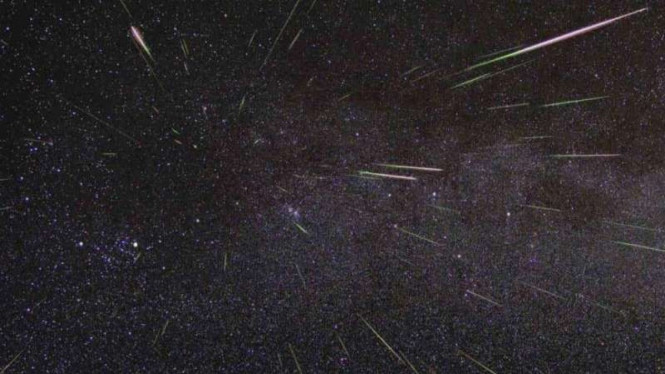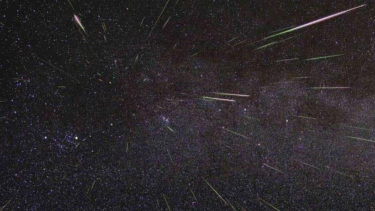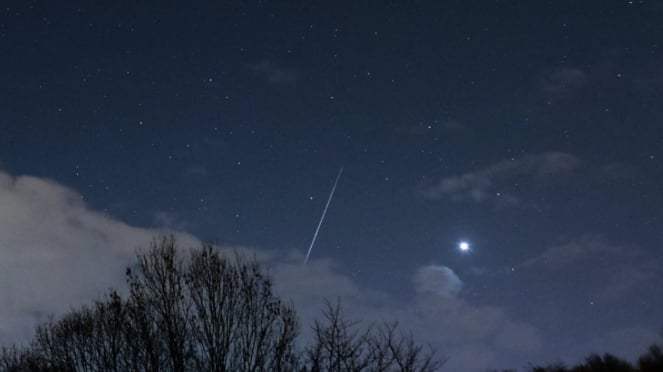- Firstpost
VIVA – The first meteor shower of 2023, the Quadrantids is coming up and it may be one of the most spectacular showers of the year. The Quadrantids are active from December 26 to January 16 but will peak on January 2 and 3. At the peak, people can expect an average of 80 meteors per hour streaking through Earth’s atmosphere, according to the National Aeronautics and Space Administration (NASA).
Quadrantid is known for producing dramatic fireball meteors, which are longer and brighter than typical meteors because they originate from bigger pieces of debris.
The Quadrantids are the debris trail of an asteroid called 2003 EH1, which was discovered in the Lowell Observatory Near-Earth-Object Search (LONEOS) in 2003. The asteroid is about 2 miles (3.2 kilometers) across and maybe the remnants of an extinct comet, according to a 2004 study published in The Astronomical Journal.
Ilustrasi hujan meteor.
- www.space.com/Ian Forsyth/Getty
Asteroid 2003 EH1 orbits the sun every 5.52 years, according to NASA. Earth passes through its debris trail at a perpendicular angle, meaning the peak period for showers of dust and tiny rock fragments is brief.
To see this short but spectacular show, people should find a place away from light pollution and lie down to see as much sky as possible, as quoted from the Live Science website, Tuesday, January 3, 2023.
According to NASA, the best viewing angle is to lie down with your feet facing northeast. Let your eyes adapt for 30 minutes to catch the meteors, even the dimmest ones.
The shower can be seen from any latitude north of 51 degrees south, according to NASA, but the best views will be in the Northern Hemisphere. The meteors will appear all over the sky but appear to originate between the constellations Bootes and Draco, not far from the Big Dipper.
Indonesian people will be able to see them on January 4, at 03:00 in the northeast and they will begin to fade as the Sun rises. The intensity varies between 33-64 meters per hour.
Moon is in its early convex phase at 91 percent in the northern hemisphere and sets at 03:00 in the northwest. Lunar elongation was 106 degrees, so this meteor shower was not affected by the intervention of Moonlight.
The name is taken from a constellation called Quadrans Muralis, which was named by French astronomer Jerome Lalande in 1795 but is not recognized in the modern list of constellations kept by the International Astronomical Union.
The next major meteor shower after the Quadrantids is the Lyrids, which are active from April 15 to April 29 in 2023, peaking on April 22 and April 23, 2023.





















